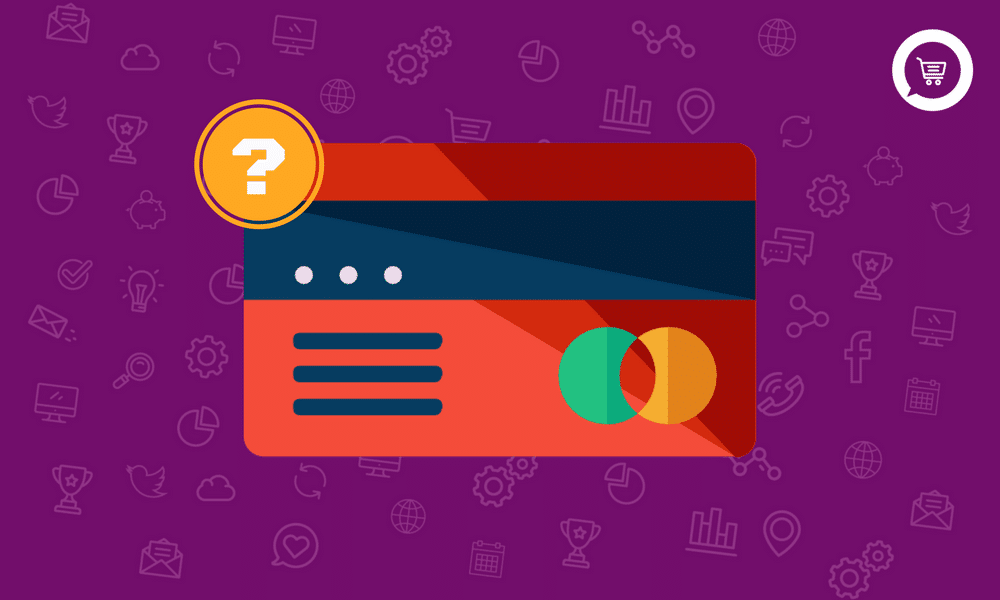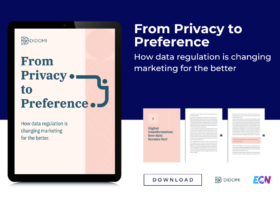Are you an e-commerce business owner troubled with how to protect your data from the threats and breaches to cybersecurity that have impacted a variety of corporations, organizations and even government agencies such as the Internal Revenue Service in recent years?
Given that 90 percent of breaches impact small businesses, your attention to the issue is not only justified; it’s necessary.
PCI compliance standards began in 2006 to protect businesses and customers in their exchange of sensitive data. Though, there’s still a considerable amount of misinterpretation in the business and e-commerce community when it comes to who needs to understand and implement PCI security standards, why and how to make any necessary changes to become PCI compliant.
In this presentation, we’ll take a closer look at common questions e-commerce business owners have regarding PCI compliance, and explain some costly myths that surround PCI compliance standards.
To make sense of PCI compliance, it helps to start at the beginning, including how PCI compliance came to be.
Who’s Behind “PCI” Standards?
PCI stands for “Payment Card Industry.” PCI compliance standards were developed in 2006 by payment card industry leaders. The details and scope of PCI compliant standards has progressed significantly to keep pace with payment technology and the latest tactics cybercriminals use to try to steal sensitive data.
In the most basic sense, PCI compliance is designed to protect all parties involved in payment transactions. These include: payment networks, processors, financial institutions, customers and businesses.
PCI Compliance Isn’t the Law — But Ignoring It Could Mean Legal Action
Your e-commerce business will not face legal action merely for not being PCI compliant. You could, though, be legally accountable if your business is involved in a breach, and a subsequent audit and investigation reveals that your processes were not PCI compliant at the time of it.
Depending on the degree of impact the breach eventually has on any of the parties involved in payment transactions (noted above), you could be subject to tens of thousands of dollars in fines, fees and, potentially, lawsuits. Unfortunately, many businesses (particularly small to midsize operations) do not know they have been involved in a cybersecurity breach until it has expanded in scope and severity.
Why Cybercriminals Start With Small Businesses
Why would cyber thieves participate in hacking your business’s data when they could steal millions of customer payment records from a major corporation? They perceive a small business as low-hanging fruit. After all, if cyber thieves have been able to infiltrate mega-corporations such as Target, which presumably has robust security measures, what are the odds that a small business has taken steps to be PCI compliant?
Though the volume of payment transactions your business processes in one year will dictate the PCI compliance standards it should follow, any business that accepts customers’ debit and credit cards for payment is a possible victim of a breach. Additionally, PCI compliance standards outline different procedures businesses should follow to properly protect sensitive data if they accept card payments in different methods — including over the phone, on a mobile device, at a physical point of sale, and for e-commerce professionals, online.
How to Make Your Business PCI Compliant
If you want your business to be PCI compliant but feel overwhelmed in your ability to adjust your processes appropriately, take heart: PCI compliance is achieved through a team effort, including working with payment processors that ensure PCI compliance, accepting EMV chip cards (which are more secure than magnetic strip cards and difficult for cybercriminals to access) and securing your business’s IT infrastructure, networks, hardware, software and payment processes.
There also are many vendors that conduct audits to detect potential vulnerabilities for small businesses that can help your business become PCI compliant.
PCI compliance can be intimidating and complicated for e-commerce business owners to decipher and implement, but they’re a set of precautions designed to minimize your risk and protect your customers. Once you understand more about the myths and common questions surrounding PCI compliance, you’ll see that learning the ins and outs of PCI compliance and implementing the security standards into your business is worth the effort.





